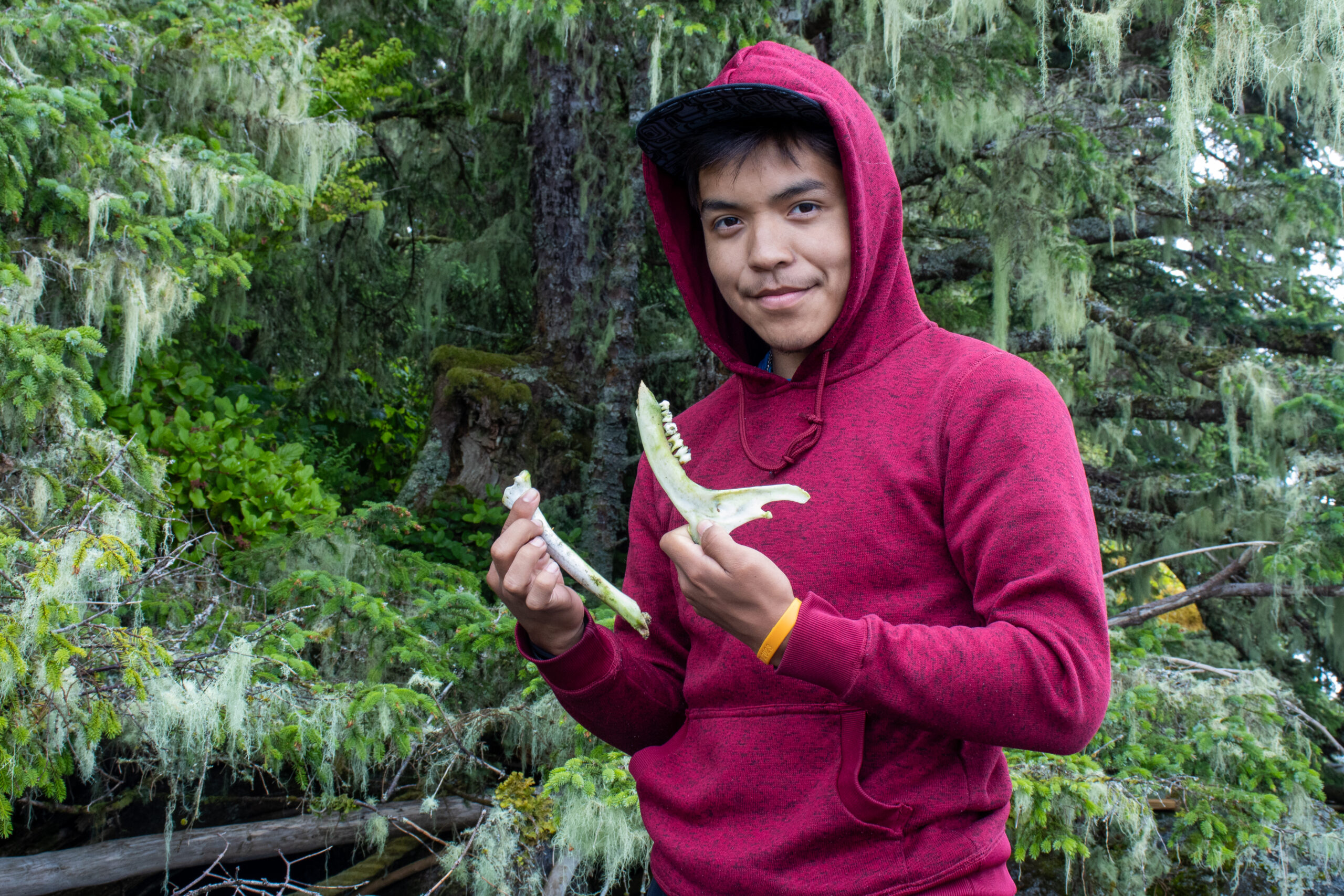Half a decade ago, students and faculty had little engagement with the Heiltsuk Nation when conducting research in their territory. The approach for the most part was, “get in and out, publish your work, get your degree,” says William Dúqva ̓ísḷa Housty, Board Chair of the Heiltsuk Integrated Resource Management Department, HIRMD.
“That approach has changed. We’ve created a process for anyone who wants to do research in our territory that involves taking a collective approach and including Heiltsuk values,” explains Housty. Researchers must apply to undertake projects in the territory which “gives us an opportunity to review whether the research is useful for the Nation and an opportunity to collaborate.”
Instituting a collaborative Indigenous-led science approach has been a win-win for all, he says. “For researchers, their outcome is a degree and a publication, for the Nation, it’s incorporation of knowledge so that the data is going to inform something for the community long-term.”
The process also ensures Heiltsuk input at an early stage to shape the questions being raised. “We used to have researchers come to us at the very end after the paper was almost ready to be published, so it didn’t matter what we had to say anyway because the research was already done,” Housty points out. “When we started to take more control through the application process, we were able to refine the research questions.”
A collaborative approach at the outset ensures the focus is on areas where “one, we need more science, and two, our oral history and Heiltsuk knowledge can really inform the project.”
Combining traditional knowledge with science has been huge, he emphasizes. One example is the Heiltsuk crab research undertaken as part of a larger research initiative by Central Coast Nations. Heiltsuk elders were interviewed about the cultural significance of crabs as a food source and traditional use studies were consulted to understand the patterns of Dungeness crab movement.
“Even before putting a trap in the water or doing any work, the researchers and the Heiltsuk had a sense of where we needed to go, and what kind of results to expect in terms of crab numbers and populations,” Housty explains. “When the research started, it was bang on that crabs were moulting at this time and this was the pattern of their movement. It was from the elders’ knowledge that we already had a clear picture painted of how things were going to look.”
“The results of the research have supported Heiltsuk knowledge and the knowledge has supported the science. They go hand in hand.” When Heiltsuk began science research on grizzly bears in 2011, Housty says the fact the work was rooted in Heiltsuk knowledge helped them ask all the right questions.
“Our research was based on actual data that was ground-truthed. It was also driven by Heiltsuk values of respect for bears. We listed our traditional laws where they applied to grizzly bear management and found a way to dovetail the knowledge and science, so they went hand in hand, and neither was superior. Doing that, we were able to really effectively manage the grizzly bear population in our territory.”
Protocol agreements with Simon Fraser University, the University of Victoria, and the Hakai Institute commit faculty
and students to working collaboratively to incorporate Heiltsuk knowledge into the research.
The Nation is also calling the shots when it comes to identifying relevant research. Every few years, the stewardship
office departments come up with a list of priority projects for their area, says Housty. “We’re reversing the process. Rather than having partners come to us, we go to them and say this what we’re looking for.”
Photo credit: Morgan Hocking


